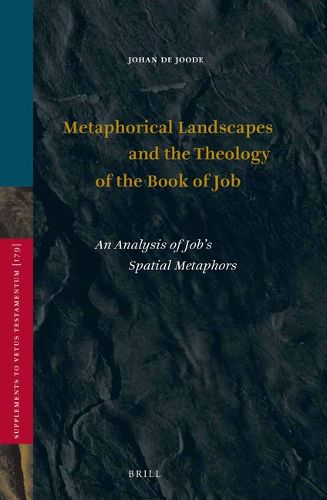Readings Newsletter
Become a Readings Member to make your shopping experience even easier.
Sign in or sign up for free!
You’re not far away from qualifying for FREE standard shipping within Australia
You’ve qualified for FREE standard shipping within Australia
The cart is loading…






Metaphorical Landscapes and the Theology of the Book of Job demonstrates how spatial metaphors play a crucial role in the theology of the book of Job. Themes as pivotal as trauma, ill-being, retribution, and divine character are conceptualized in terms of space; its imagery is thus dependent on spatial configurations, such as boundaries, distance, direction, containment, and contact. Not only are spatial metaphors ubiquitous in the book of Job-possibly the most frequent conceptual metaphors in the book-they are essential to its theological reasoning. Job’s spatial metaphors form a metaphorical landscape in which God’s character and his creation are challenged in unprecedented ways. In the theophany, God reacts to that landscape. This book introduces a pragmatic synthesis of both conceptual metaphor theory and spatial semantics and it demonstrates their exegetical and hermeneutic potential.
$9.00 standard shipping within Australia
FREE standard shipping within Australia for orders over $100.00
Express & International shipping calculated at checkout
Metaphorical Landscapes and the Theology of the Book of Job demonstrates how spatial metaphors play a crucial role in the theology of the book of Job. Themes as pivotal as trauma, ill-being, retribution, and divine character are conceptualized in terms of space; its imagery is thus dependent on spatial configurations, such as boundaries, distance, direction, containment, and contact. Not only are spatial metaphors ubiquitous in the book of Job-possibly the most frequent conceptual metaphors in the book-they are essential to its theological reasoning. Job’s spatial metaphors form a metaphorical landscape in which God’s character and his creation are challenged in unprecedented ways. In the theophany, God reacts to that landscape. This book introduces a pragmatic synthesis of both conceptual metaphor theory and spatial semantics and it demonstrates their exegetical and hermeneutic potential.